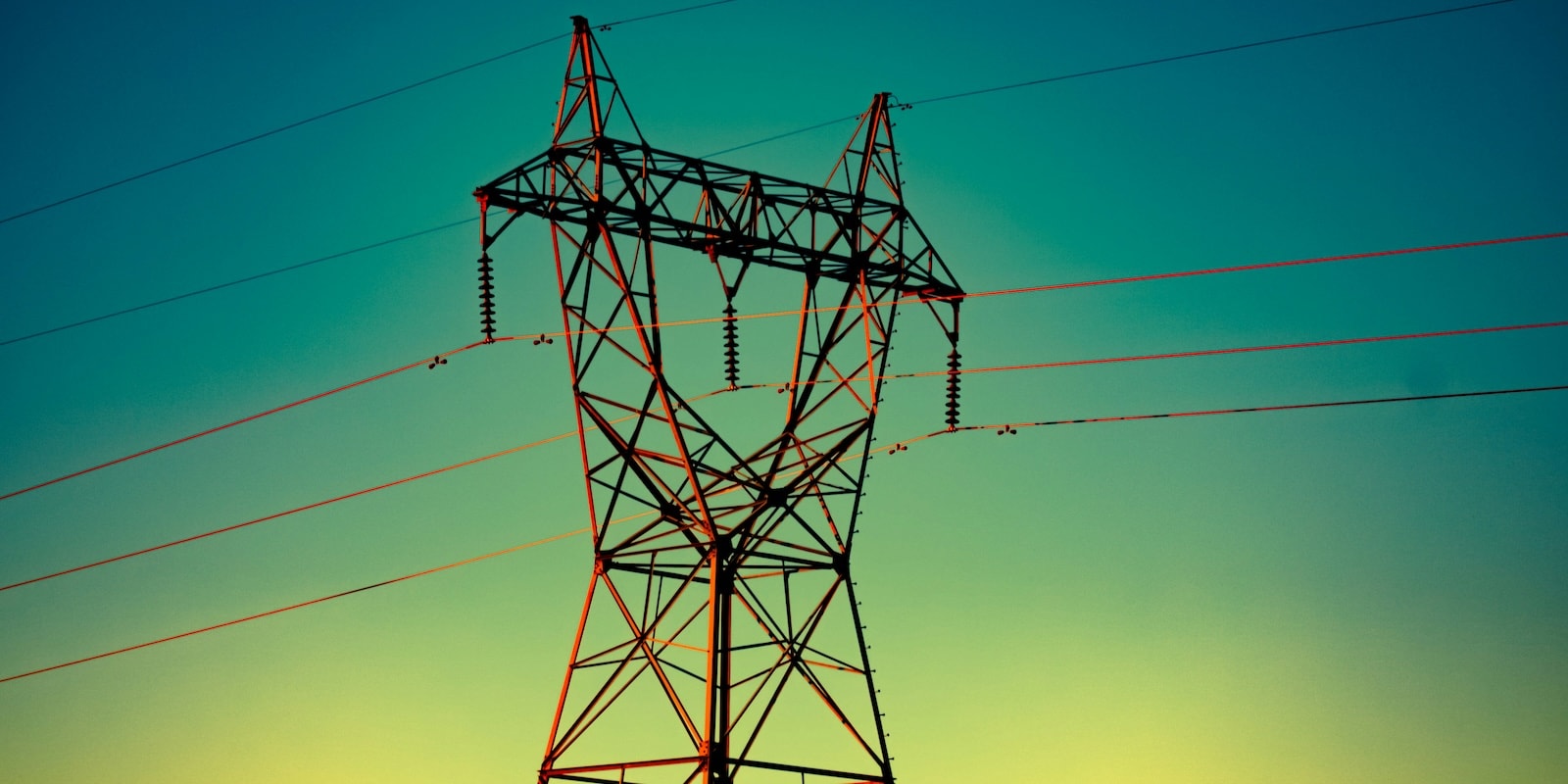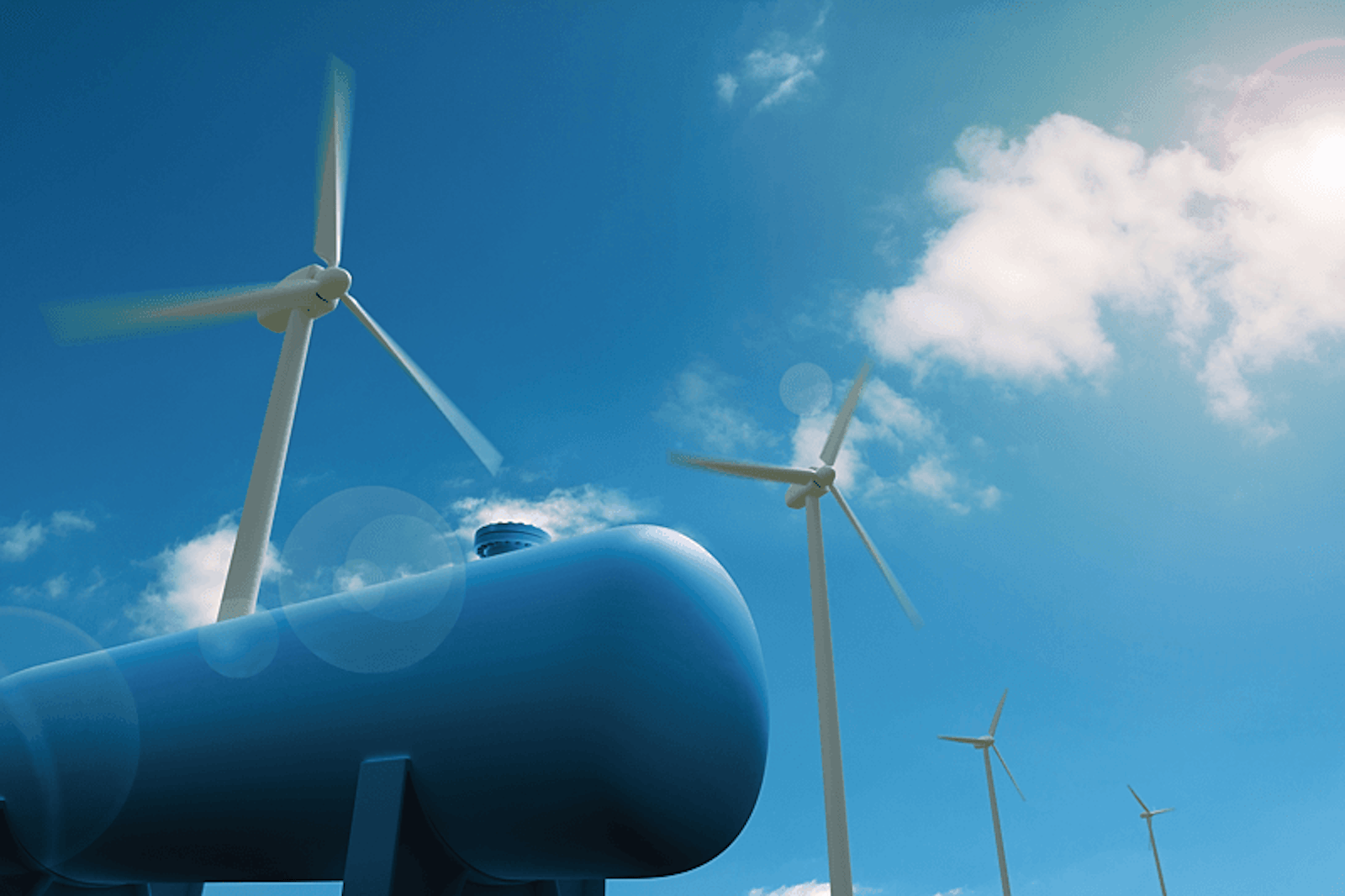Monday, October 6, 2025
According to UN Secretary-General António Guterres, renewable energy is now the most affordable option in 9 out of 10 cases—a clear sign, he says, that “the sun is rising on a clean energy age.”
Over the past decade, the cost of generating renewable energy has fallen sharply. A report from the International Renewable Energy Agency (IRENA) found that in 2024, producing solar power was up to 41% cheaper than the most competitive fossil fuel source, while wind power cost less than half as much.
This past summer, UN Secretary-General António Guterres noted that global energy demand continues to rise. In his view, this growth is driven primarily by the need to ensure decent living standards in many communities, as well as the expansion of industries that require ever-increasing amounts of energy.
The Net-Zero Asset Owner Alliance (NZAOA), a network of 86 institutional investors affiliated with the United Nations, sees significant investment opportunities in the rising demand for renewable energy. The alliance has outlined strategic actions aimed at mobilizing $1.3 trillion in annual private climate finance by 2035. Its roadmap focuses on catalytic capital, blended finance, and regulatory reform, while also calling on multilateral development banks to step up their efforts to attract private capital.
Meanwhile, Ember, an independent international association of energy experts, warns there is a real risk of falling short of the goal to triple global renewable energy capacity by 2030. Current plans aim to reach 7.4 terawatts (TW) by 2030, which is double the 3.4 TW installed in 2022, but still well below the 11 TW that the organization says would be needed to meet the target.
Unprecedented growth and record figures
According to a BloombergNEF report, global investment in new renewable energy projects hit a record $386 billion in the first half of 2025. This surge is being driven by offshore wind and small-scale solar projects worldwide, marking a 10% increase from the previous year.
China and the European Union are at the forefront of the investment surge. The Asian giant invested $169 billion, maintaining its position at the top globally. Europe, meanwhile, increased its investment by 63%, reaching nearly $76 billion and overtaking the US.
Nevertheless, the report also predicts that 80% of new large-scale projects in the United States will focus on solar power and battery storage, despite budget cuts. Solar energy remains the top investment, attracting $252 billion, followed by wind power with $126 billion—an 8% increase.
Spain also illustrates this trend: photovoltaic solar energy is the technology with the highest installed capacity at 32,043 MW, slightly ahead of wind energy at 32,007 MW, according to 2024 data from Red Eléctrica. Altogether, solar accounts for nearly 25% of the country’s installed capacity, and both technologies have a strong presence in the electricity mix. The BloombergNEF report celebrates the fact that green investment has now surpassed investment in fossil fuels, but it stresses the importance of continuing on this path to reach the net-zero target by 2050.
Though there’s still a long way to go, the transition to a new era of renewable energy is moving forward with determination and attracting investment to make it happen. And while renewables are already competitive, the real challenge lies in mobilizing both public and private resources to expand capacity and continue driving the transition toward a more sustainable, resilient, and efficient energy system for the long term.
¿Te ha parecido interesante?





